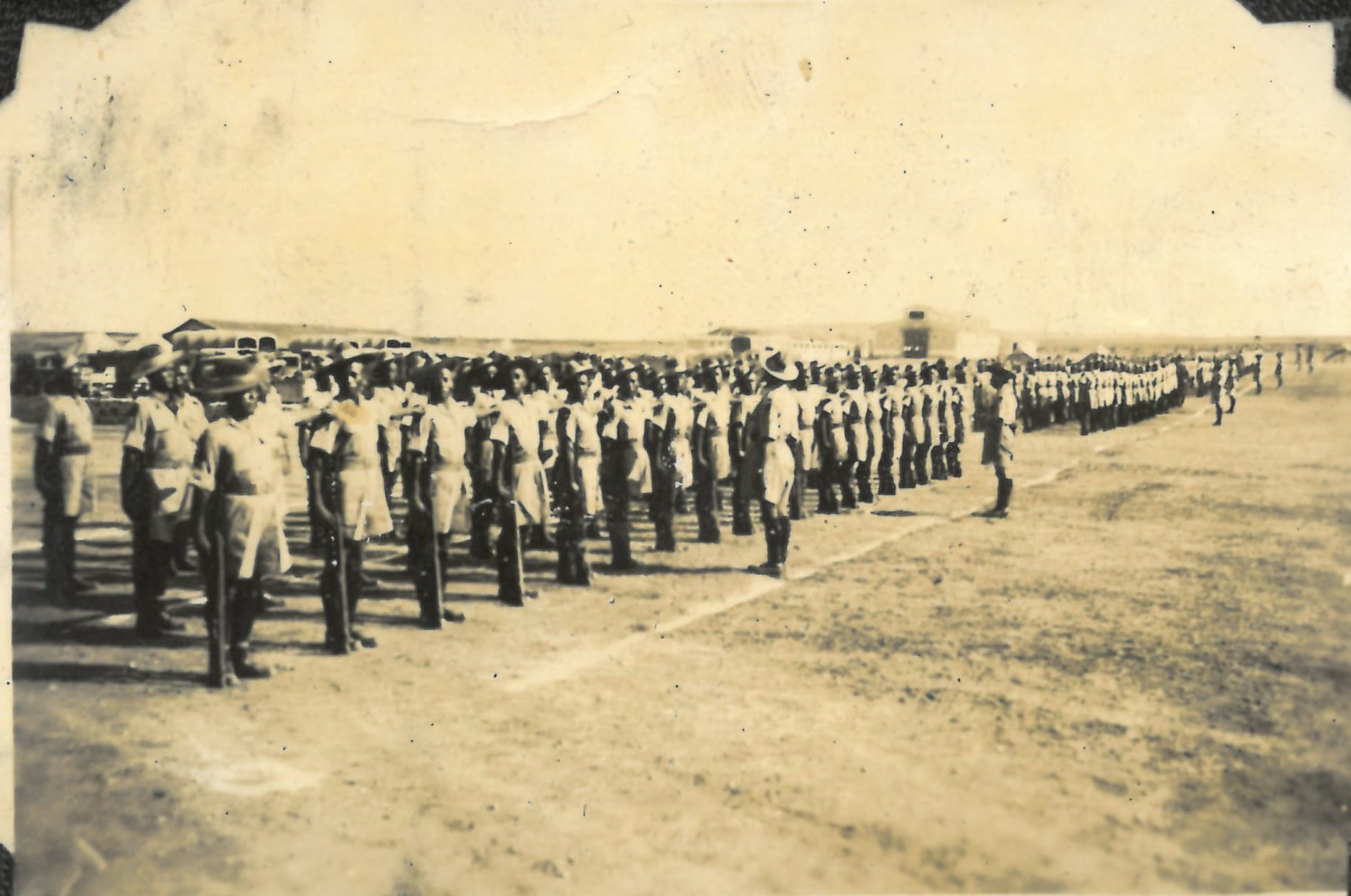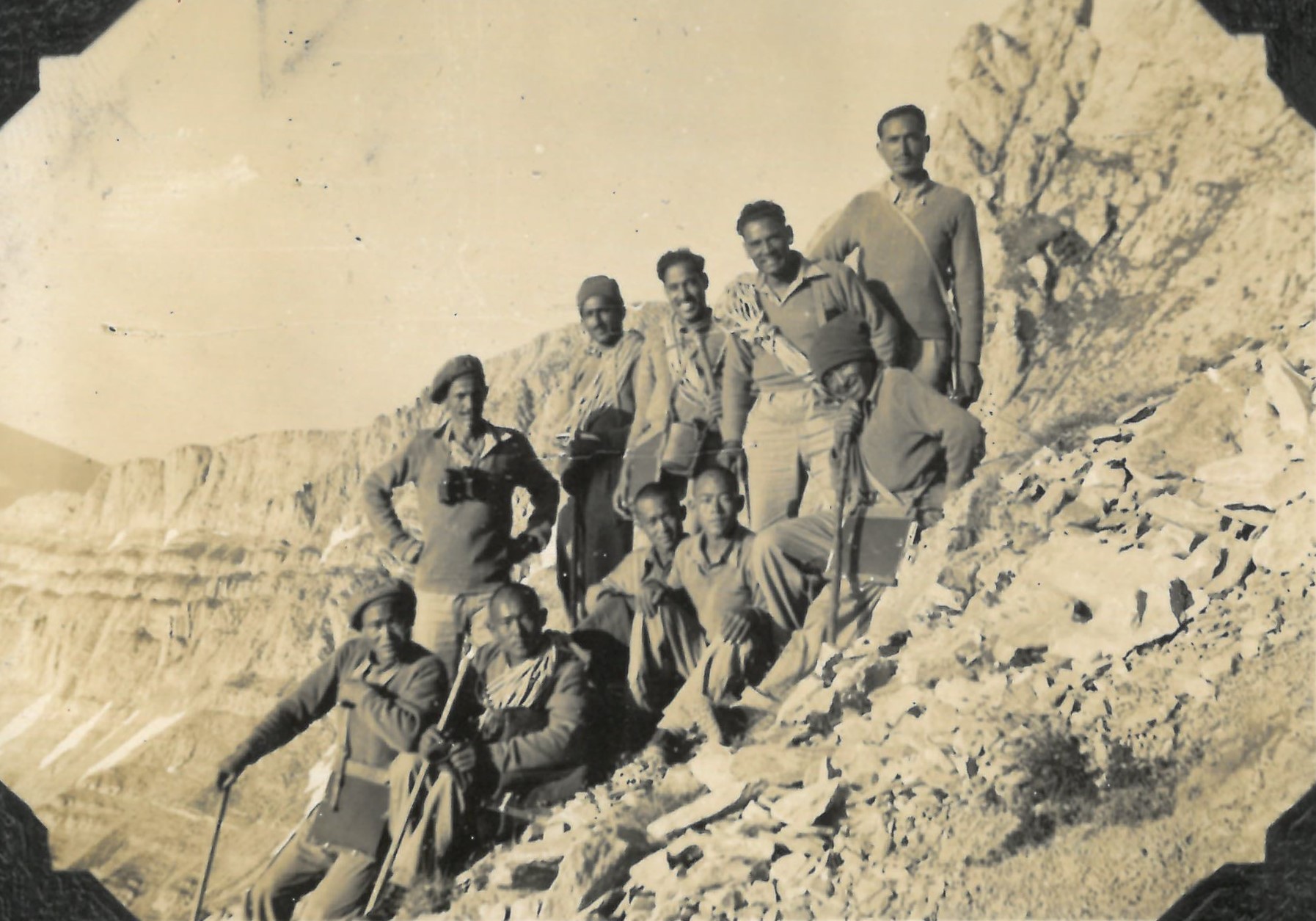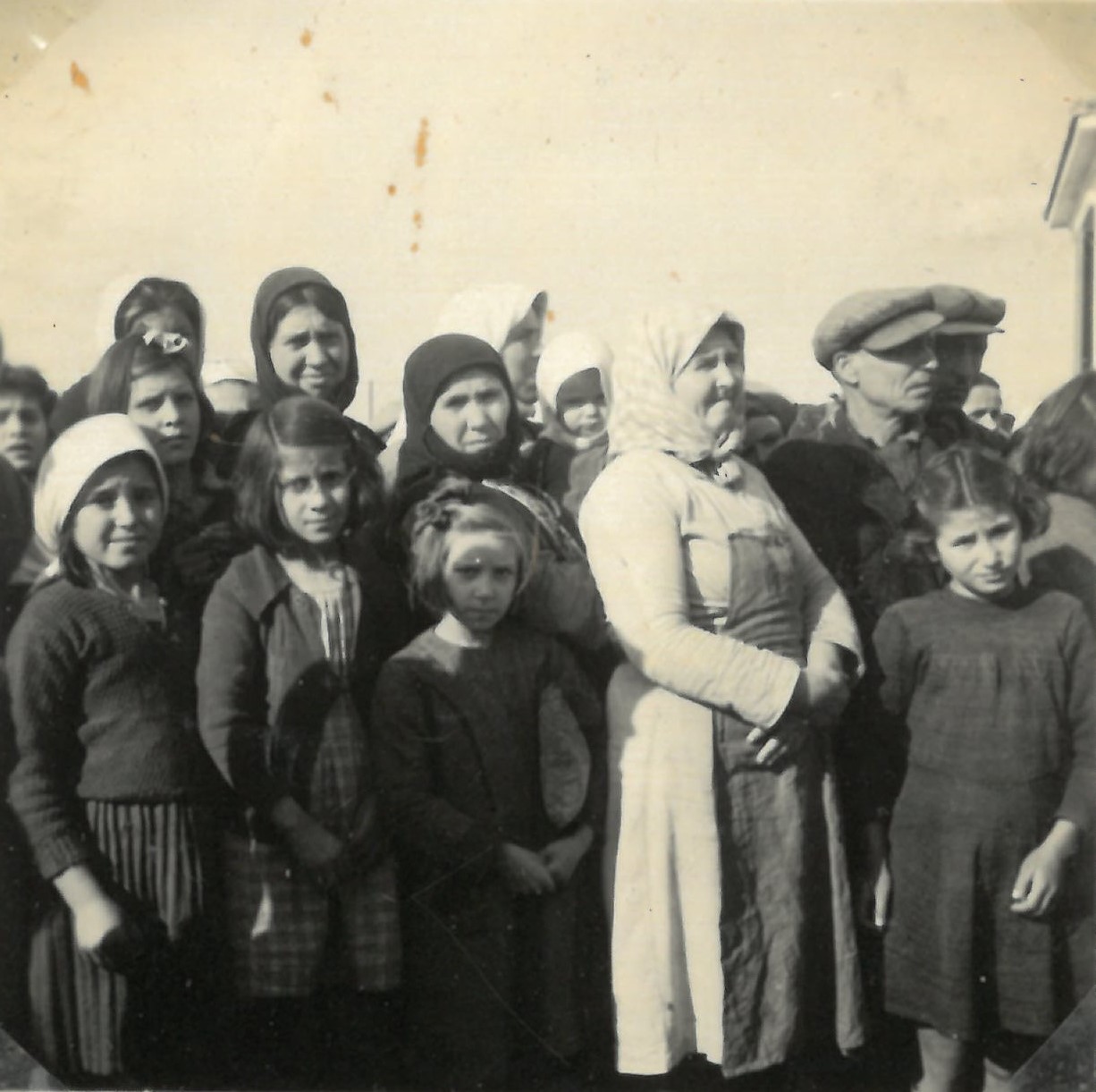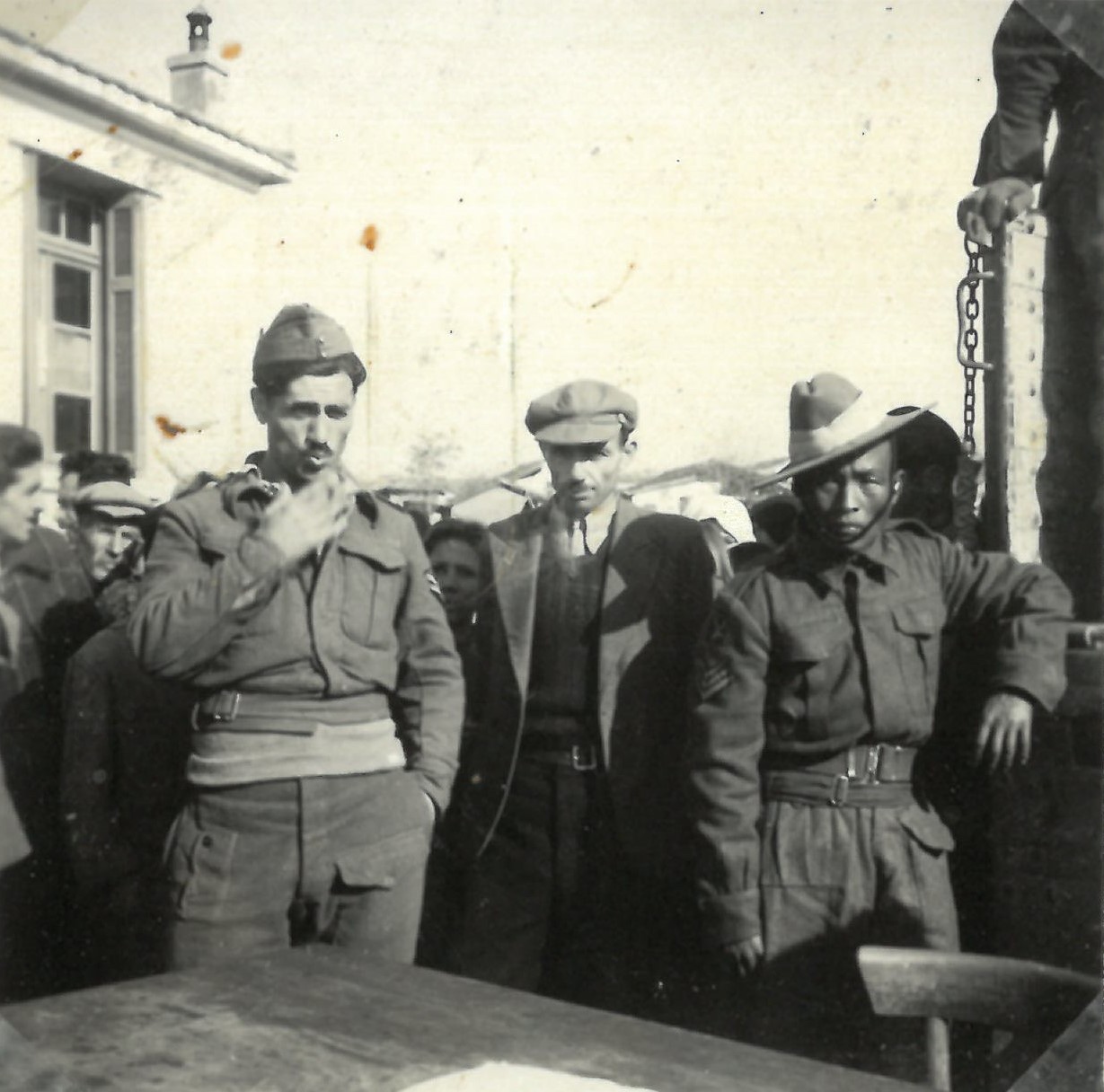Gurkhas and the Greek Civil War
Gurkhas and the Greek Civil War
Introduction
2024 marks the 80th anniversary of the Gurkha deployment to Greece at the end of the Second World War, when British troops were sent into the country to try and deescalate the rapidly unfolding Greek Civil War. Although this operation is little-known today, it nevertheless saw its fair share of Gurkha heroism and sacrifice.
Greece, 1944
When the 4th Indian Division, which included three Gurkha battalions, disembarked from Italy in December 1944, there might have been a feeling of reprieve among the men. The division had been through the worst of the Italian Campaign, fighting from Monte Cassino to the Gothic Line. Amid that bitter winter warfare notice came through that the division was being sent to Greece to help stop the country descending into civil war.
The Kingdom of Greece had been under Axis occupation since 1941, and many resistance groups had sprung up to oppose the Germans. Foremost among them were the communist ELAS (Greek: Ellinikós Laïkós Apeleftherotikós Stratós, English: Greek People’s Liberation Army) and the EDES (Greek: Ethnikós Dimokratikós Ellinikós Sýndesmos, English: National Republican Greek League), which was firmly anti-communist.
Though the two groups had cooperated during the early part of the occupation, by 1943 they had begun fighting each other. In September 1944, with the Germans withdrawing from Greece as the war turned against them, ELAS and EDES were free to fight for control of the country. Fearing that an ELAS victory would bring Greece into the Soviet Union’s sphere of influence, British Prime Minister Winston Churchill sent British troops to try and stabilise the country and oversee the restoration of the western-allied Greek government.
Unfortunately for the 1st Battalion, 9th Gurkha Rifles, any allusion of an easy posting was quickly shattered as they landed in the Greek port city of Piraeus. Carried ashore by American landing craft, the Gurkhas entered into disordered urban combat. An added challenge was that ELAS forces wore mostly civilian clothes, meaning that they could easily blend into the civilian populace and strike undetected. In one instance a Gurkha was badly wounded when a young boy approached him and greeted him in English, then rolled a grenade between his legs. As a result, the Gurkhas trusted no one as they performed security sweeps through the city.
Another challenge the Gurkhas faced came from British command. ELAS had circulated propaganda intended to demonise Indian Army troops and sow a fear of them among the Greek population. As such, an order came down that 1/9GR soldiers were not to use their kukris in combat. This was condemned by many British Gurkha officers, who felt that it limited a Gurkhas ability to defend himself. Regardless, 1/9GR successfully assaulted the ELAS stronghold of Lofos Castella in the early hours of 16 December, capturing a number of ELAS fighters and equipment and taking few Gurkha casualties. Fighting in Piraeus lasted until late December, with 1/9GR later aiding in the capture of the city docks.
The overall cost for 1/9GRs operations in Piraeus was 10 killed and 60 wounded, but once it was over the battalion moved into more peaceful quarters and its responsibilities began to shift toward civilian aid.
In Patras, some 135 miles away, 2nd Battalion, 7th Gurkha Rifles had a very different experience. Whilst their comrades in 9GR were battling their way through Piraeus, 2/7GR was ‘sharing’ Patras with ELAS. According to Major Drayton, who served with the battalion throughout the war, the two sides would walk past each other in the street, and at one point were billeted in buildings next door to each other. The situation remained tense. On a ridge overlooking the town, ELAS had several salvaged German artillery pieces that they pointed conspicuously at the British positions.
In January 1945, British reinforcements arrived at Patras and ordered ELAS to disarm and withdraw. Although ELAS left the town they refused to discard their weapons, forcing the Gurkhas to follow them into the hills and encircle them. ELAS fighters put up a determined resistance. But despite their efforts, they were little match for the veterans of Monte Cassino. For the cost of two Gurkhas killed and two wounded, ELAS suffered 32 killed, 38 wounded and 61 captured. When Major Drayton went to inspect ELAS’s salvaged artillery pieces, he found that their original German owners had removed the breech blocks before withdrawing, leaving them inert. The guns had been a bluff.
For British troops in Greece, their part in the fighting had mostly ended by early 1945. Unfortunately, the objective of stopping a civil war was not achieved, and the Greeks would fight amongst themselves until 1949. Gurkhas remained in the country well after the war, keeping order where they could and offering aid to the local people, many of whom had suffered greatly under German occupation.
The Gurkha battalions began to leave Greece for India and Nepal in January 1946, finally going home after their long war.

2/7GR VJ Day parade, Greece, August 1945

Gurkhas hiking on Mt. Olympus, c.1945.

Greek families wait to receive Red Cross parcels in Polykastro, Northern Greece, November 1945.

Gurkha soldier poses with a Greek National Guardsman and the local mayor in Polykastro, Northern Greece, November 1945.

